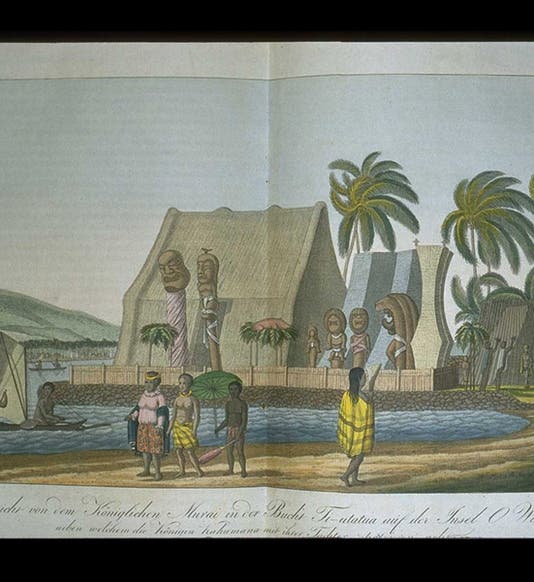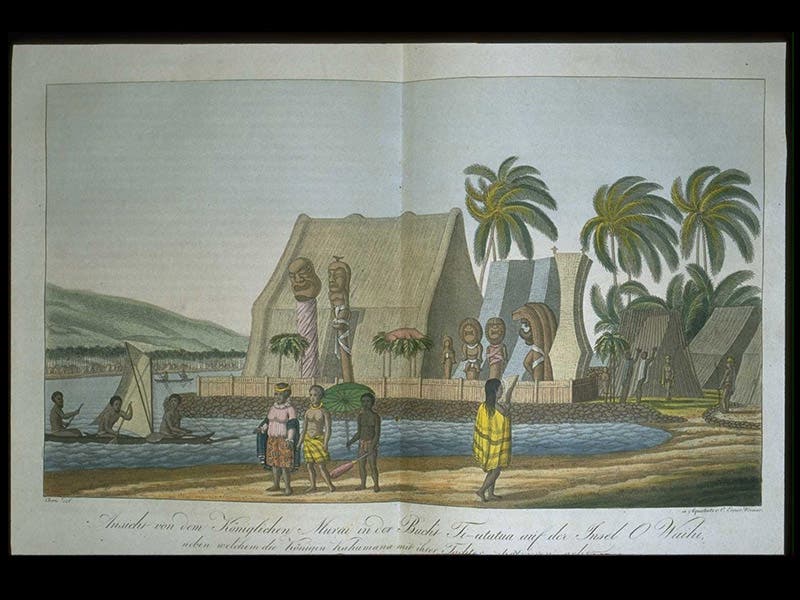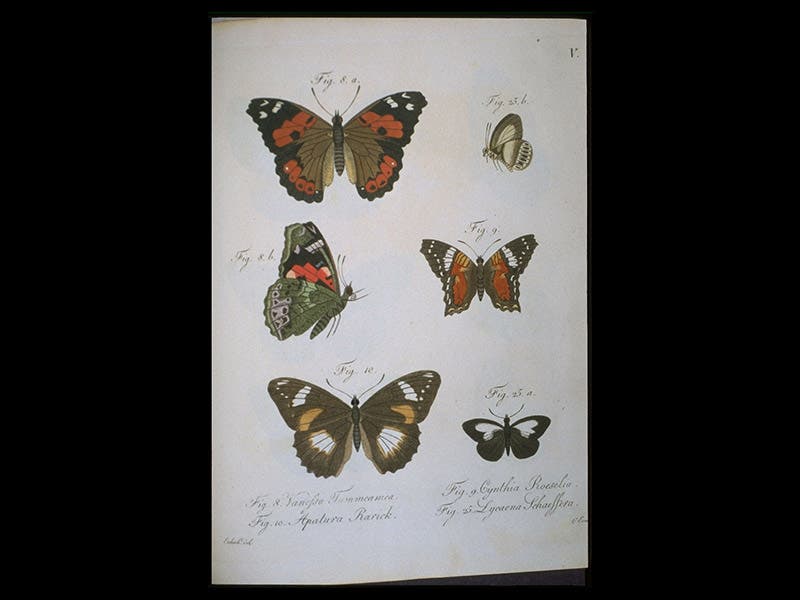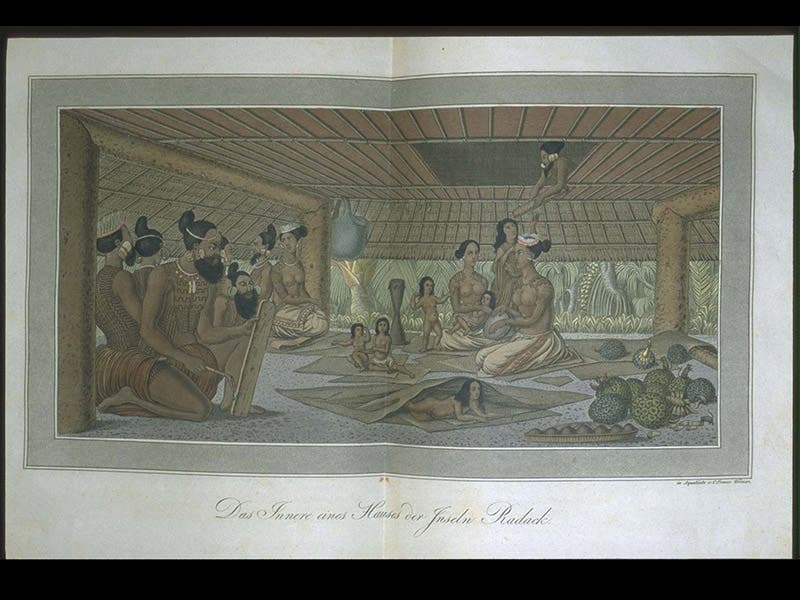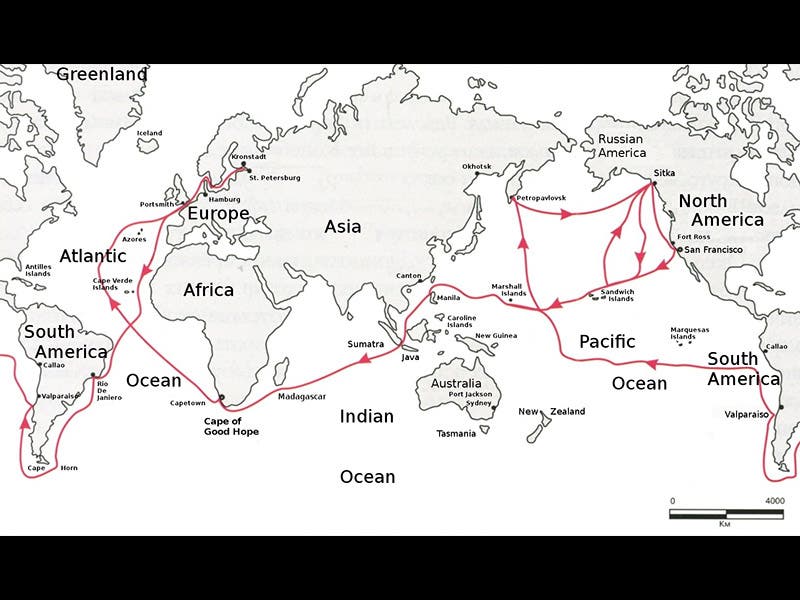Scientist of the Day - Otto van Kotzebue
Otto von Kotzebue, an Estonian-born officer in the Russian navy, was born Dec. 30, 1787. In 1815, he set out from Finland as commander of the small brig Rurik to search for a passage from the Bering Strait across the Arctic to Baffin Bay (this was 3 years before the British would begin a series of similar searches from the other side). Among his crew of 32 (a surprisingly small number for such an undertaking), he had two naturalists, thus qualifying the voyage of the Rurik as a scientific voyage. After navigating around South America and up the extent of the Pacific, the Rurik finally arrived at Kamchatka, which was the first time that Kotzebue, a Russian commander, had ever set foot on Russian soil. Although he made it up to (and discovered) Kotzebue Sound in northern Alaska, it proved to be a dead end, and the Rurik never got any further east.
But they did make it down the west coast of North America, and then to the Hawaiian Islands, which had been discovered not long before by Captain Cook, before finally completing a circumnavigation of the globe in 1818. The narrative of Kotzebue's journey, Entdeckungs-Reise in die Süd-See und nach der Berings-Strasse (A Voyage to the South Seas and into Bering’s Strait, 1821) is in the History of Science Collection, and was displayed in our 2002 exhibition, Voyages. The first three plates above are from the Narrative and show a royal palace on Hawaii; some butterflies captured in the Hawaiian Islands, and the interior of a native hut in the Marshall Islands. The fourth image shows that path of the Rurik as it navigated around the world.
Dr. William B. Ashworth, Jr., Consultant for the History of Science, Linda Hall Library and Associate Professor, Department of History, University of Missouri-Kansas City. Comments or corrections are welcome; please direct to ashworthw@umkc.edu.

